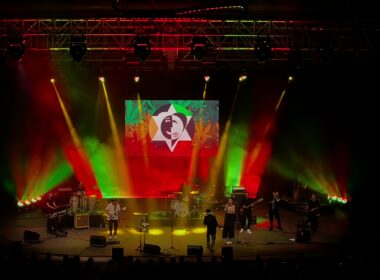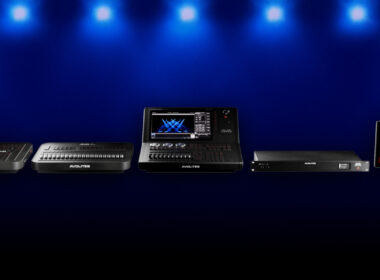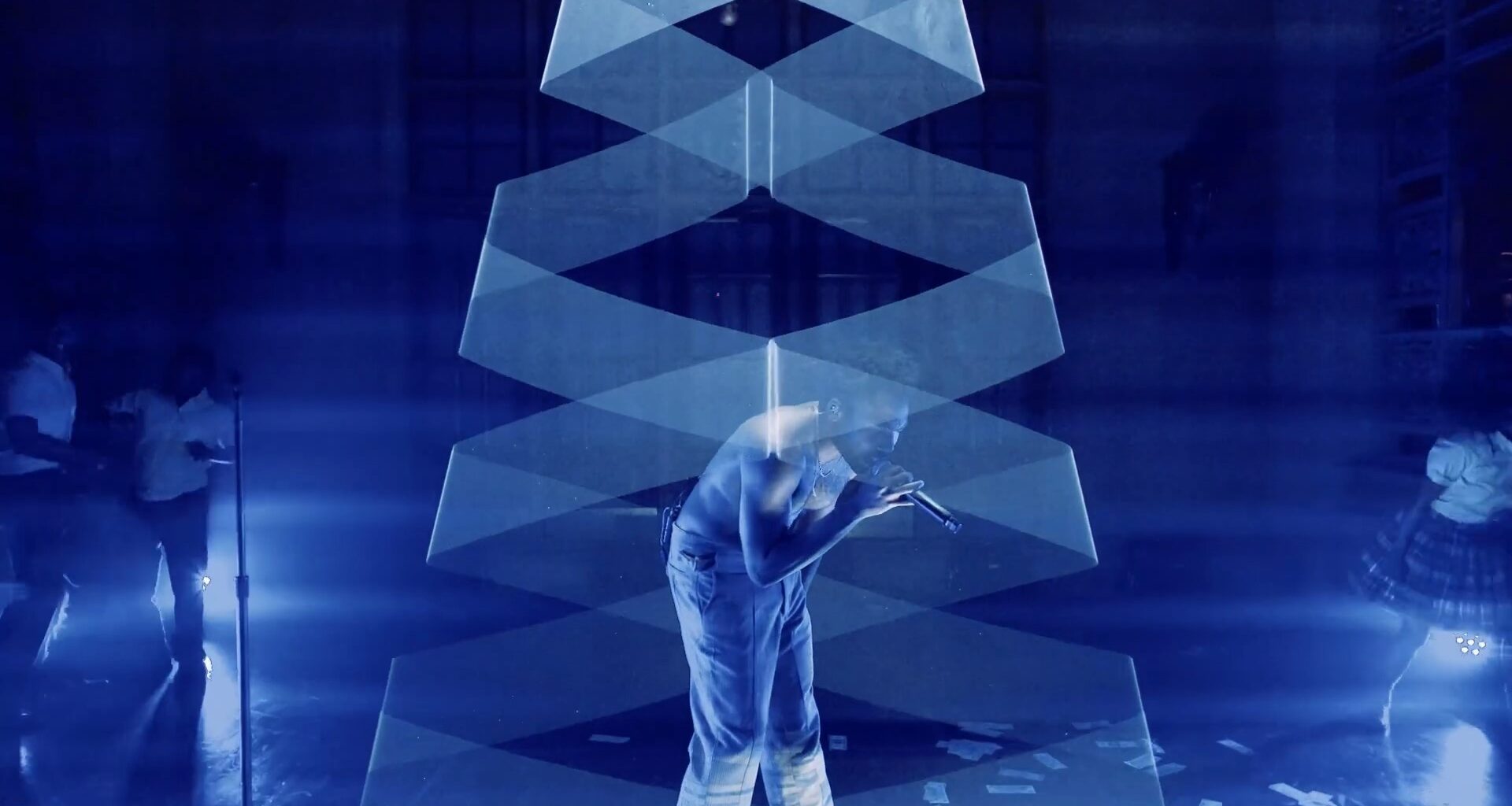Ostatnimi czasy „viralowo” przewijają mi się filmy z koncertów na których laser zdaje się przeczyć prawom fizyki. Na tyle często to widzę, że warto o tym napisać, choć technika niczym nowym nie jest.
Widzimy więc wokalistę i padający na niego z góry laser. Wiązka zdaje się oplatać jegomościa niczym szarfa tancerkę. Kopara opadnie wszystkim, ale osoby nie wtajemniczone mogą pomyśleć – „Matko bosko, co to się dzieje na tym świecie”. A no dzieje się i samochody też już latają. Tyle, że to nie praktyczne bo potrzebny pas startowy.
Oszukują mi wzrok!
Technika o której mowa nazywa się LASER BANDING. Choć samo zjawisko nazywane jest też ROLLING SHUTTER. I jest to efekt widoczny jedynie w kamerze. Być może mieliście okazję widzieć film, gdzie skrzydła wirnika w helikopterze stoją w miejscu, a helikopter wygląda jakby lewitował.
Jest to spowodowane ustawieniem ilości rejestrowanych klatek w kamerze. W przypadku lasera kamera przechwytuje tylko część emitowanego światła .
Wyjaśnienie zjawiska
W necie znajdziemy jedno w miarę dobre wytłumaczenie, autora nie znam, ponieważ każdy wkleja je na różnych anglojęzycznych forach. Wydaje mi się, że ma to sens. Autorem jest brad1775:
Oto jak to działa: „Jeśli wyświetlisz linię, która porusza się tam i z powrotem, 32 razy na sekundę, za pomocą kamery rejestrującej tylko jedną klatkę co 1/30 sekundy, zobaczysz wzór, który oscyluje tam i z powrotem co 15 sekundy (32/30 = 1 z przypomnieniem o 1/16, co daje efekt 16 sekund). Lasery oczywiście używają znacznie szybszych wzorów rysowania niż 26 „linii” na sekundę. Może to pozwolić na szereg współprądowych taktowań. Jeśli zauważysz, że urządzenie montowane na suficie rzucało kilka wzorów, zobaczysz, że urządzenie było w stanie na wyprowadzanie kilku wzorców na raz, ponieważ może narysować 50 000 punktów na sekundę, z wektorem pomiędzy punktami”
(EDIT. Dominik: Nic kur…. nie zrozumiałem, całe szczęście niżej jest prościej…)
W prostych słowach
W prostszych słowach. Efekt polega na manipulacji i dostrojeniu migawki tak, aby wiązka laserowa wyglądała jak ten lewitujący helikopter. Z tym, że w tym przypadku wiązka laserowa musi być nieco szybsza, aby zostawiała za sobą smugę, co daje pożądany efekt
Warto dodać jak mierzona jest prędkość skanowania lasera czyli kpps. Jest to jednostka określająca prędkość galwanometrów projektora i oznacza kilo point per second.
*1kpps = tysiąc punktów na sekundę.
Dla projektów graficznych rekomendowana prędkość to 25kpps.
Dlaczego kamera flickeruje?
Przy okazji pokrótce poruszę też temat formatów wideo PAL i NTSC, ponieważ poniekąd jest związany z naszymi dywagacjami. Dlaczego światło mruga nam w kamerach? Jest to związane z tym, że w Polsce i ogólnie w Europie w sieci elektrycznej występuje częstotliwość napięcia 50Hz, podczas, gdy w USA jest to 60Hz.
Posiadają oni system NTSC, a ich stabilna prędkość nagrywania to 60fps. Nasza Europejska kamera powinna być ustawiona na 50fps lub dwa razy mniej 25fps lub dwa razy więcej 100fps. Takie ustawienie zagwarantuje stabilny obraz. W większości kamer znajdziemy w opcjach możliwość zmiany między PAL, a NTSC. Jeśli nie mamy takowej opcji możemy to zrobić za pomocą ustawienia czasu migawki w tym przypadku na 1/50.
To tak w formie uzupełnienia tematu migania i oszukiwania wzroku – ale może komuś pomoże jak będzie chciał sobie coś nagrać.








